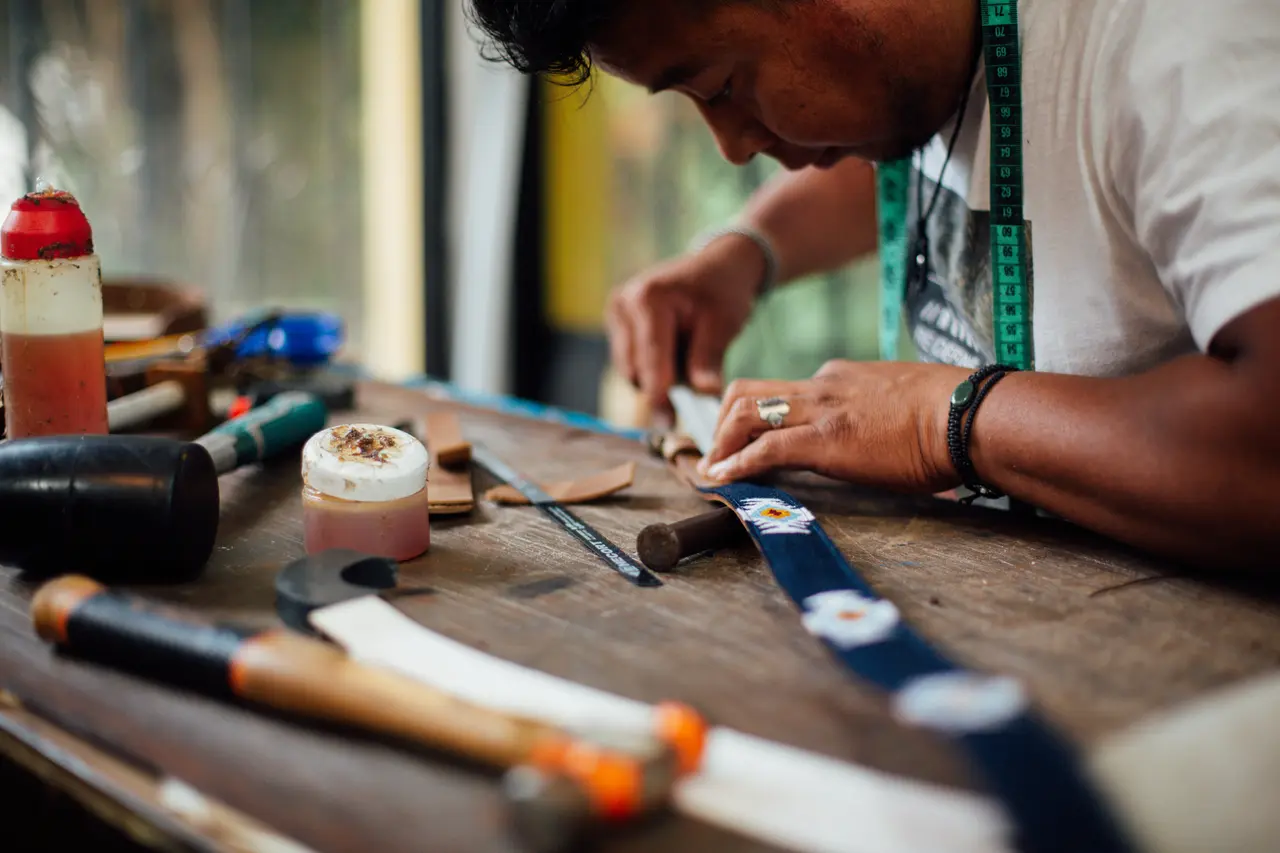The Beauty of Unique Designs in Sustainable Fashion
Sustainable fashion has emerged as a leading trend in the fashion industry, but it’s far more than just a passing trend. At the heart of this movement is the concept of unique, thoughtful designs that promote environmental responsibility without sacrificing style. In this blog, we’ll explore how unique designs are reshaping sustainable fashion and highlighting the beauty of eco-friendly wear.
Understanding Sustainable Fashion
Sustainable fashion refers to clothing production methods that consider environmental and social impacts. It includes everything from eco-friendly resources, such as organic cotton and recycled materials, to fair labor practices and ensuring the longevity of garments through quality manufacturing.
The heart of sustainable fashion is a balance between fashion and accountability. It’s a powerful shift against the dominance of fast fashion, which often relies on mass production and cheap materials, contributing significantly to environmental degradation. Sustainable fashion intends to turn this tide by encouraging practices that foster a more thoughtful approach to consumption. Brands like Patagonia have taken it a step further by embracing influence and responsibility, setting an example for others to follow. Discover more on this topic in our Shitthropocene blog post.
As fast fashion continues to generate waste, a greater emphasis is placed on sustainable supply chains. This involves transparency in sourcing materials, promoting fair wages, and reducing waste through better process management. Global initiatives are pressing for more sustainable systems and consumers are paying attention.
The Role of Unique Designs
Unique designs are pivotal in sustainable fashion as they help differentiate sustainable pieces from mass-produced fast fashion. These designs often carry narratives or cultural significance, adding value and meaning to every piece. By focusing on creativity, designers give consumers options for self-expression that are also kind to the Earth.
The rise of unique designs in sustainable fashion coincides with a consumer shift towards greater individuality and a desire for garments that stand out. In embracing sustainable fashion designers, the industry has witnessed an explosion of creative approaches that tell stories through fabric and form.
Purchasing a unique item of clothing is an emotional purchase, akin to buying confidence. It fosters pride in wearing something distinct and meaningful, supporting a kinder environmental footprint. As designers innovate, they challenge old paradigms, inviting consumers to partake in this evolving narrative.
Inspiration from Natural Materials
Incorporating natural materials in design not only enhances sustainability but also inspires creative aesthetics. From using bamboo and hemp to dyeing fabrics with plant-based colors, these materials allow designers to craft garments that are as beautiful as they are eco-conscious.
Nature provides a rich palette for inspiration, encouraging designers to explore textures and fibers that are both innovative and sustainable. For example, materials like Econyl and Repreve illustrate how recycled content can become the cornerstone of beautiful, functional garments.
These natural materials are not only kinder to the planet in terms of resource usage but also offer a tactile experience that connects wearers to the essence of responsible fashion. The practice of using these materials bridges the gap between raw beauty and elegance, encouraging a sustainable lifestyle that starts with what we choose to wear.
Influence of Cultural Heritage
Many sustainable designers draw inspiration from their cultural heritage, integrating traditional techniques and local artisanal crafts into modern fashion. This approach not only conserves cultural practices but also promotes inclusivity and diversity in fashion design.
In blending cultural heritage with contemporary styles, designers create more than garments—they craft heirlooms. As explored in the Journal section on Antigua Threads, this marriage of past and present provides garments with both depth and soul, making them timeless rather than simply trendy.
Innovative Techniques and Technologies
Today’s sustainable fashion designers are innovators, leveraging new techniques and technologies to minimize waste and reduce environmental footprint. From zero-waste patterns to 3D printing, these advances are pushing the boundaries of what is possible in eco-friendly fashion.
The use of sustainable design practices not only conserves resources but also leads the charge towards a more efficient fashion industry. These innovations create a dynamic landscape where science works hand in hand with fashion, enabling unprecedented design capabilities.
Consumer Impact on Sustainable Fashion
Consumers play a significant role in driving sustainable fashion forward. By making informed decisions and choosing unique designs that reflect sustainability values, consumers can help shape the fashion industry into one that prioritizes ethical practices and longevity over short-lived trends.
In supporting brands that emphasize workmanship and sustainability, such as Antigua Threads, consumers are choosing quality over quantity. This conscious shift towards appreciating the story behind each garment echoes a broader call for accountability in fashion.
It’s through these consumer choices that the fashion industry can truly pivot towards sustainability. Choosing pieces that are not only visually appealing but also align with personal values contributes significantly to lasting change.
Embracing a Sustainable Future with Fashion
The future of fashion lies in the hands of those who dare to innovate sustainably. Unique designs in sustainable fashion showcase the endless possibilities of creativity when it aligns with conscious living. As more designers embrace this approach, consumers, too, can support the movement by choosing clothing that tells a story, shares values, and contributes to a healthier planet. Embracing sustainable fashion is not just a trend, it’s a movement toward a bright and beautiful future where fashion and sustainability go hand in hand.
